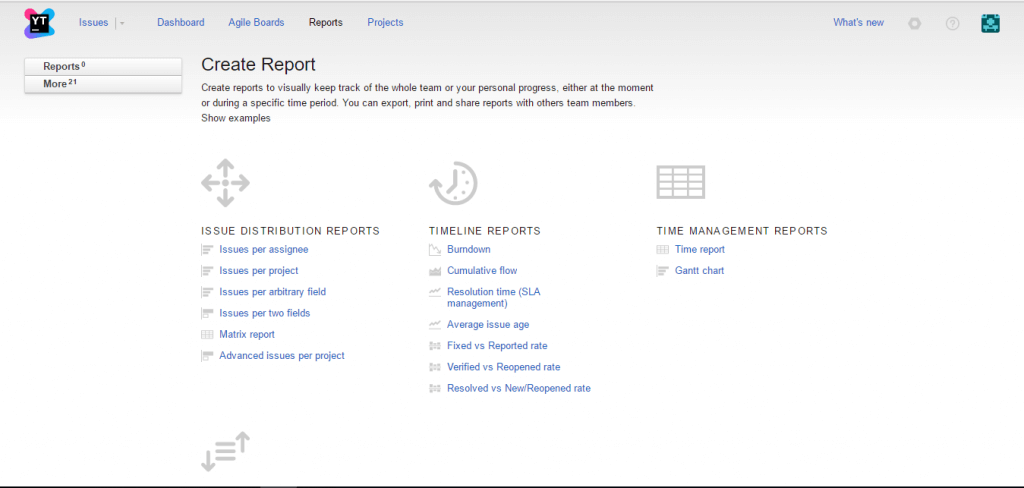

For more information, see Archive a Project.In this blog series, we introduce you to useful features inside YouTrack and show you how to use them effectively. The project itself is hidden from search queries, commands, reports, agile boards, and so on. When you archive a project, all of the issues that belong to the project become inaccessible. Instead, you have the ability to archive a project. All of the issues that belong to active projects, whether they are resolved or not, are available in the system.
YOUTRACK STATUS UPDATE
You don't need to update any additional properties to mark an issue as "closed" or "complete".Īt the same time, there isn't a single property that lets you mark an issue as "archived". Once an issue is assigned a resolved state, that's it. YouTrack only uses the Resolved property for values in state-type fields to classify issues. For best results, stick to one state-type field per project. Most users are confused by the fact that they have to update values in two or more different fields to resolve an issue. While this type of setup is fully supported in YouTrack, we generally advise against it.

When the value for the State field is changed to a resolved state, the issue is resolved as well. Even though the State is set to Fixed, which is considered to be resolved, the current value for the Development Stage field is not.

The following example shows an issue with two state-type fields: Request State and State. If a project uses more than one custom field that stores a state type, the issues are not resolved until all state-type fields are assigned values that are considered to be resolved. There are no restrictions in YouTrack that block you from using multiple state-type fields in a project. Resolving Issues with Multiple State-type Fields These search attributes filter for issues that are assigned any state that is considered to be unresolved or resolved, respectively. This classification is also referenced in the search query language with the keywords Unresolved and Resolved. Whenever the value for a state-type field changes from an unresolved state to a state that is considered to be resolved, the visual presentation is updated in the issue. The following example illustrates the difference between resolved and unresolved issues in the Issues list: The issue ID is shown in strikethrough text. In unresolved issues, the issue ID is presented in blue text.įor resolved issues, the issue ID and summary are presented in gray text. This classification is reflected in the visual presentation of the issue. For situations where additional effort is required, read Resolving Issues with Multiple State-type Fields. To resolve an issue, all you usually have to do is change the value for a state-type field to a resolved state. Project admins can configure the Resolved property for any value in a state-type field independently from the values used for the same field in other projects. If you question whether a state properly reflects the resolution status for issues in a project, reach out to the project administrator. This means that values that are marked as resolved in the default State field or any other state-type field may or may not be marked as resolved for issues in your project. Issue fields in YouTrack are fully customizable.


 0 kommentar(er)
0 kommentar(er)
